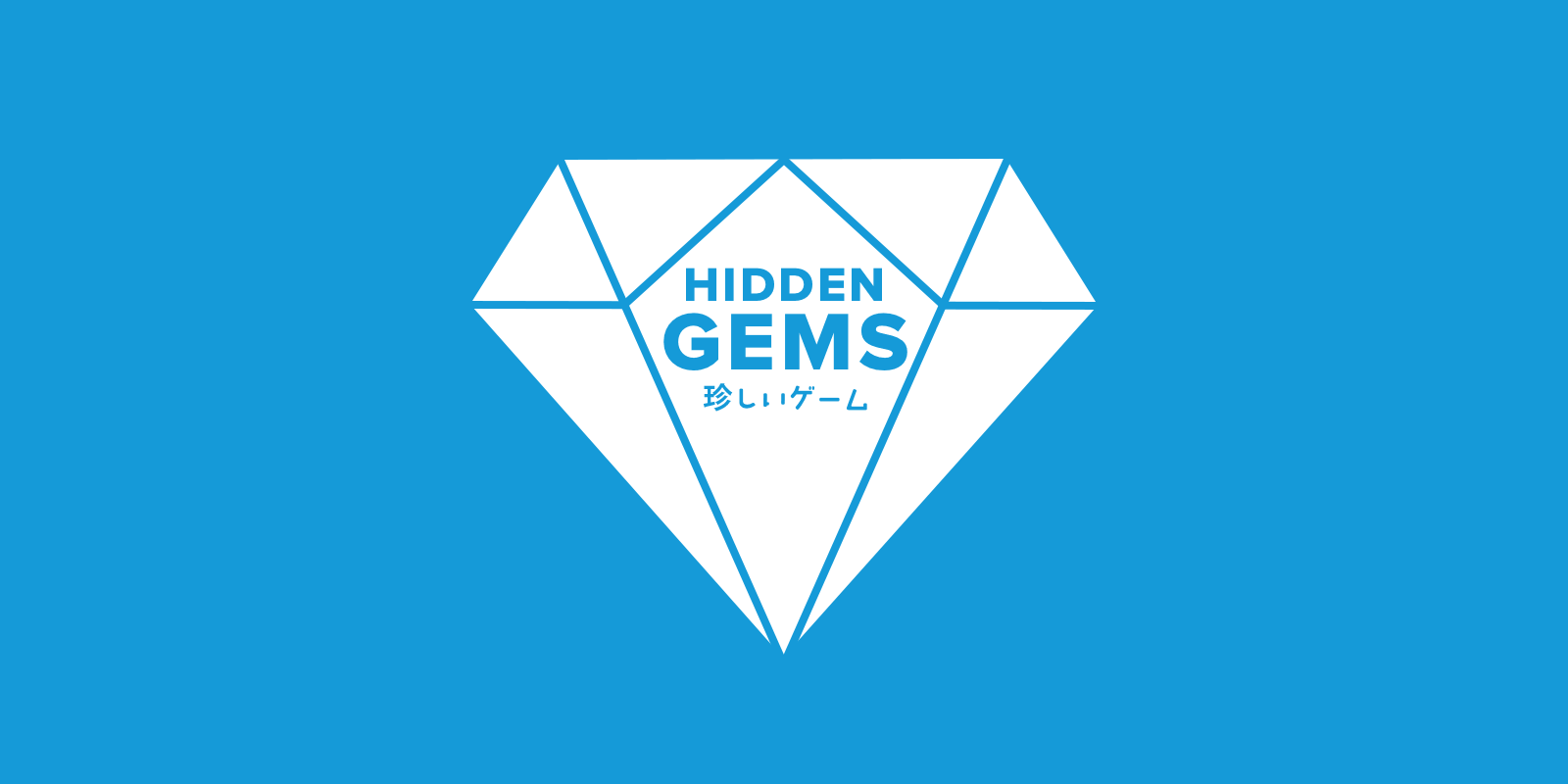Hidden Gems of Game Design: Volume 9
An indie Metroidvania and a classic in the Warhammer universe headline this month's offering

There are plenty of amazing games that go unnoticed and are not widely played for one reason or another. Maybe it's a diamond in the rough, or the marketing wasn't there, or it could be a game ahead of its time. For this monthly series, I've asked my fellow writers on SUPERJUMP to pick a game they think is deserving of a chance in the spotlight. Let us know your favorite hidden gems in the comments.
Josh Bycer
Unsighted (2021)

The Metroidvania genre is one of the toughest nuts to crack for developers out there. In the indie space, there are always new takes with developers putting their own spin on things. They're all trying to hopefully take the crown from what everyone considers to be the best of the genre: Castlevania Symphony of the Night. The truth is, there have been plenty of Metroidvanias since SotN that have done just that, such as the Ori series. For today, however, I want to talk about one of my favorites which, despite being one of the best games of 2021 and being featured at speedrun marathon AGDQ, still hasn’t broken 1,000 reviews on Steam.
We play as Alma, an automation who has been given sentience by a mysterious resource. When the world is on a brink of collapse and her girlfriend is missing, we need to help her figure out what happened and save the day before everyone she knows is lost. While the game looks similar to Hyperlight Drifter, there is far more movement tech going on in it, for a very specific purpose. Gameplay is all about moving and fighting your way to each of the game’s dungeons in order to find the missing pieces of a key needed to breach the final area.
Besides unlocking different powers, clever players can use their starting abilities to sequence-break and go to other areas. In fact, one of the achievements is to play the game in reverse order. A clever part of the gameplay is that different tools operate similarly or are used to get around the same obstacle. This allows players to find alternate means in a lot of situations.
Combat is fast-paced with a heavy emphasis on riposting and counter-attacks to deliver maximum damage. With the right setup and timing, it is possible to decimate bosses.

So with all that said, why didn’t this game explode in popularity? One potentially contentious issue is the time limit. The game operates that every character has a time limit before they die, which can be extended by using a specific resource. While the game does tell you that it doesn’t matter, and you can turn it off, I feel that this put off a lot of people. The intention from the developer was that you would play through the game at least once, learn from your mistakes and routing, and then replay it for a better ending, but a lot of people didn’t do that. In fact, according to the Steam achievements, half the player base stopped before clearing the first dungeon.
In my review, I talked about this contradiction that Unsighted created for itself. As a Metroidvania, you want to explore and take your time finding everything. But even an artificial timer gets in the way of that core concept of the Metroidvania design.
This is a fantastic action game to play. For anyone put off by the timer, I would suggest ignoring it or just disabling it, as the core gameplay is strong enough without it. If you like your Metroidvanias with a lot of action then definitely check out Unsighted.
Antony Terence
Warhammer: Mark of Chaos (2006)

With Age of Empires 2 dropping onto Xbox consoles, I thought I’d revisit a strategy classic whose heart more than compensates for its finicky control schemes. Microsoft’s latest crack at real-time strategy on consoles involves helpful radial menus and automation options in contrast to obscure trigger pulls, thumbstick presses, and D-pad shenanigans. And yes, the game I’m going to talk about is guilty of all three sins.
Warhammer: Mark of Chaos was first released on PC before showing up on consoles as Warhammer: Battle March, complete with a bonus expansion of the same name. Large-scale fantasy battles play out like ones from Total War’s Warhammer games, with hulking beasts and military squads clashing against daemon princes and rat ogres.
Mark of Chaos abandons the base building and resource gathering for a more streamlined approach that sinks its teeth right into the combat. The game’s bland campaigns seldom offer more than one fight after another, except for Thorgar’s neat ascent into daemonhood. And while the occasional raid will catch you unawares, it’s only a matter of time before these become predictable.
While Total War’s formations, morale system, and squad movement are here and accounted for, the game lacks its inspiration’s sense of weight when it comes to meaningful encounters. The game’s sense of scale doesn’t translate well onto televisions. You’ll have to squint to spot your units unless you’re zooming in and out like a sniper.
Even though your troops can be upgraded and can gain experience, battles are mostly numbers’ games. But heroes like the Empire’s Stefan von Kessel and the barbaric Thorgar light up the game’s dull landscapes with special abilities that can decimate entire squads.
Technical issues and shoddy graphics mar Mark of Chaos’ ambitions, with pixelated units making its battles hard to read at a glance. But that didn’t stop me from enjoying my time with Thorgar’s campaign and his journey towards becoming a daemon prince. Flinging my axe sent armoured men flying like paper planes. It was a glorious sight to behold. Despite its dented helm, Mark of Chaos is an experience worth revisiting almost solely for its overpowered heroes.

